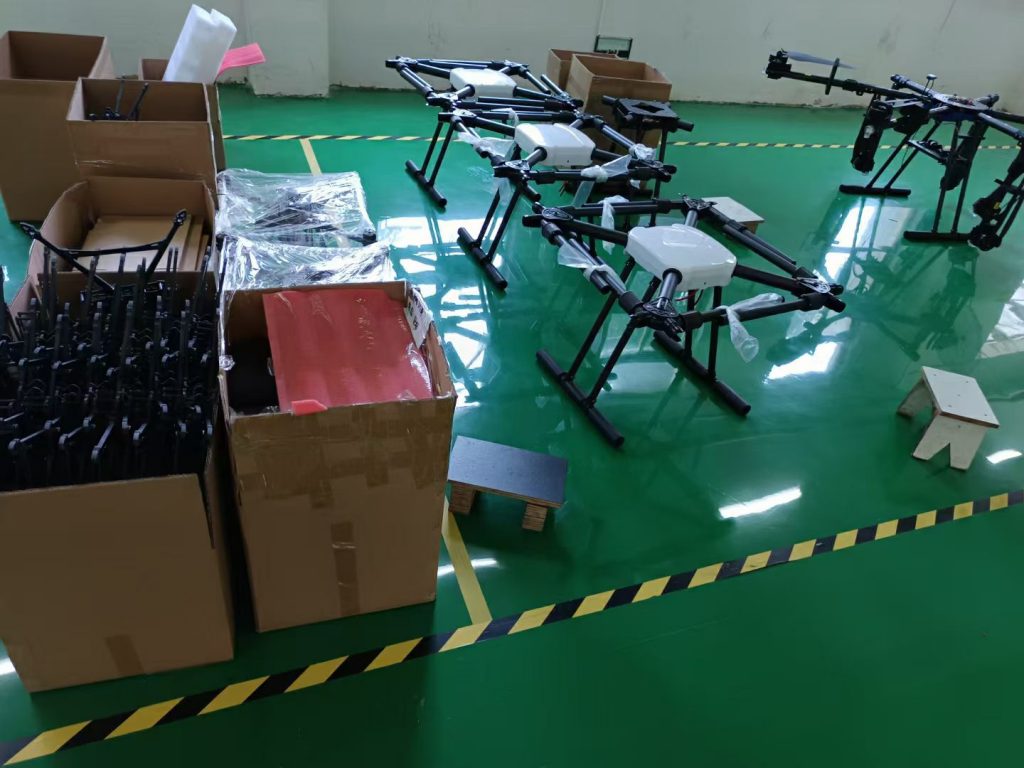
Wings Over the Frost: How Chinese Agri-Drones Are Soaring Above Iceland’s Hardy Farms
Iceland’s farmland feels like a poem written by fire and ice. Here, where volcanic soil meets glacial meltwater, farmers tend to hardy potatoes, curly kale, and flocks of shaggy Icelandic sheep—staples that have sustained communities for a millennium. Yet this land of geothermal springs and northern lights hides a quiet struggle. With a population of just 370,000, over 70% of Icelanders live in Reykjavík, leaving rural areas to grapple with an aging farmer base (average age 58) and a shrinking workforce. Add to that a growing season shorter than four months, violent Atlantic winds that flatten crops, and strict EU environmental rules to protect fragile ecosystems like moss-covered lava fields, and it’s clear: Iceland’s farmers need allies that work as tough and resilient as they do. Enter agricultural drones imported from China—now gliding over Icelandic fields, not just as tools, but as partners in preserving a way of life.
Iceland’s Farms: Resilience, Redefined
To understand why drones matter here, you must first understand Icelandic farming. Take Sigrún Jónsdóttir, a fourth-generation farmer in the Golden Circle region, near Selfoss. Her family’s 12-hectare plot, framed by snow-capped mountains, grows potatoes, carrots, and a small herd of dairy cows. “Farming here is about working with the land, not against it,” she says, brushing frost off her woolen gloves. “But ‘with’ doesn’t mean easy. Last spring, a sudden blizzard buried half my carrot seedlings. By the time I dug them out, they were frozen. And this summer? The wind blew so hard my tractor could barely spray the kale—half the chemicals blew onto the neighbor’s moss field. We got fined. Again.”
Sigrún’s story echoes across Iceland. Most farms are small (under 20 hectares), crammed between lava flows and winding hraun (rocky trails). Sheep outnumber humans three to one, roaming free to graze on volcanic slopes—critical for maintaining biodiversity but a headache for farmers tracking health or rounding up strays. Climate change is making it worse: warmer winters bring more rain, softening soils and causing landslides; longer autumns delay harvests as frosts creep earlier. “We’re told to farm greener,” adds Ólafur, who raises sheep in the Westfjords. “But how? Checking every sheep for scours (diarrhea) takes days. Spraying fertilizer without wasting it? Impossible when the wind’s always howling.”
Drones Forged in the Frost
When we first considered exporting to Iceland, we didn’t just tweak existing models. We studied the land: its volcanic ash that clogs machinery, its -20°C winter nights, and its farmers’ pride in self-reliance. What emerged was a drone built not just for Iceland’s elements, but for its spirit of þetta reddast (“it will all work out”).
Built for the cold, built for the wind: Our drones feature lithium-ion batteries with thermal insulation, tested in -30°C chambers to ensure they fire up even after a night in an unheated barn. Their carbon-fiber frames withstand gusts up to 70 km/h—no small feat when Icelandic winds have been known to knock over lampposts. “Last winter, I thought this thing would freeze solid,” Sigrún laughs. “But after prepping the kale fields in a snowstorm? It warmed right up, hovered steady, and sprayed just where I needed it. No drift, no waste.”
Precision for small, sacred plots: Multispectral sensors map crop health down to the sprout, flagging early signs of frost damage or nutrient deficiency. For Ólafur’s sheep farm, this means tracking grazing patterns to prevent overuse of fragile moss beds. “The drone shows me where the grass is thin,” he says. “Now I move the flock, and the moss recovers. The enviro inspectors noticed—no fines last season.”
Simple enough for your neighbor, tough enough for your land: Icelandic farmers are famously independent but wary of fiddly tech. We designed a Norse-language app with one-touch “emergency spray” and “herd scan” modes, then trained local agronomists in Akureyri to host workshops over skyr (Icelandic yogurt) and rye bread. “I’m 62, and I was scared of drones,” admits Helga, a dairy farmer in Hveragerði. “But after the training? I fly one to check my cow pastures. It’s like having a second pair of eyes—ones that don’t get tired or blown off course.”
More Than Machines: Trust in the Land of Fire and Ice
In Iceland, trust is earned over kaffi og kleina (coffee and pastries) and tales of volcanic eruptions. We didn’t just drop off drones; we set up a repair hub in Keflavík and partnered with the Icelandic Farmers’ Association to host “drone field days,” where farmers shared tips and celebrated small wins. “Icelanders are humble but proud,” says Guðrún, the association’s rep. “They need to see drones solving their problems, not just tech demos. Once they do? They become our fiercest advocates.”
That trust deepened when we adapted to their reality. During last year’s volcanic ashfall, we rushed ash-resistant sensor covers free of charge. When Sigrún struggled to spray steep hillsides, our engineers reprogrammed the drone’s flight path to hug contours—avoiding crashes into lava fields. “You didn’t just sell us a tool,” Ólafur says. “You stayed when the sky was ash-gray. That’s vinátta (friendship).”
Today, drones are quietly revolutionizing Icelandic farming:
-
Vegetable Farms (Golden Circle): Sigrún now monitors crops weekly, cutting chemical use by 42% and reducing runoff into nearby glacial rivers. “My potatoes taste the same, but my conscience is lighter. My daughter’s even started a blog about ‘drone-farmed’ veggies—city kids are curious.”
-
Sheep Farms (Westfjords): Ólafur uses drones to track lambing, spotting struggling ewes hours earlier. “Last spring, I found a ewe with a breech birth before she collapsed. The drone saved her—and the lamb. I’ll never forget that.”
-
Dairy Pastures (Hveragerði): Helga maps pasture growth to rotate grazing, boosting milk quality. “Richer grass means richer skyr. My skyr now wins gold at the Reykjavík Food Fair—and tourists love hearing about our ‘drone-tended’ cows.”
A Future Where Tech Honors Tradition
What began as a business venture has become a partnership. Icelandic farmers teach us about their land: how drones handle the country’s unique jökulhlaup (glacial outburst) floods, which crops (like Arctic thyme) need gentler spray settings, even which Icelandic proverbs make training stick (“Gangi þér vel!”—“Good luck!”—is now our workshop cheer). In return, we’re refining our drones: heated landing gear for winter fields, louder sirens to scare off arctic foxes near sheep, even solar panels to extend flight time in long summer days.
As Iceland aims to cut agricultural emissions by 30% by 2030, drones offer more than efficiency—they offer hope. They let young farmers like Sigrún’s daughter see a future where technology and tradition coexist. They let elders like Ólafur pass down shepherding skills without burning out. And they let this land of fire and ice prove that even in a world of mega-farms, small plots can thrive with the right tools.
So when you next see a drone gliding over Icelandic potato fields or sheep pastures, know this: it’s not just flying. It’s carrying the dreams of a community, the lessons of a factory halfway across the world, and the quiet belief that the hardest-working lands deserve the toughest, kindest innovations.
After all, in a place where the soil is forged by volcanoes, progress should feel like coming home—warmer, stronger, and ready to grow.
THE END

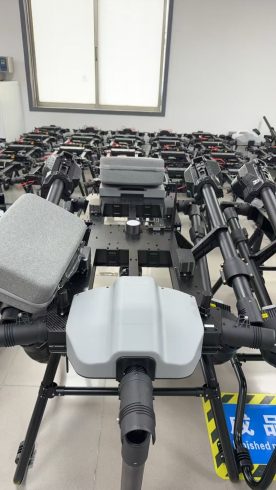
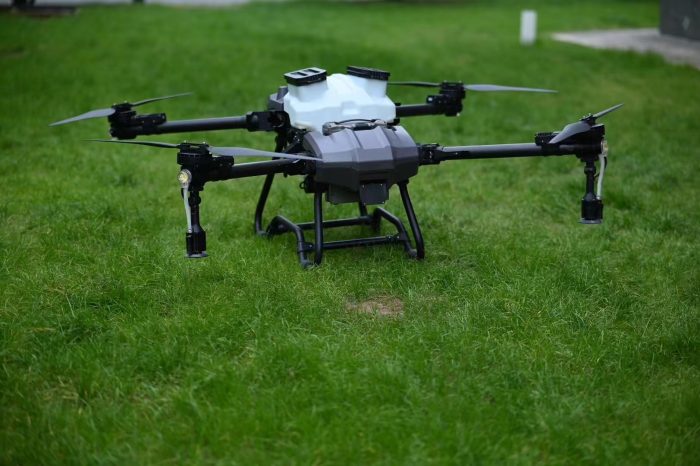
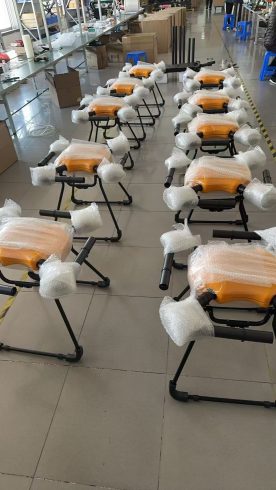
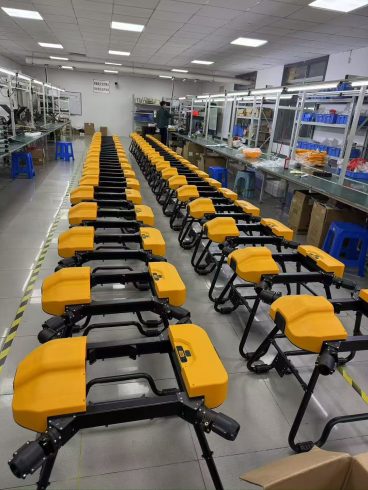


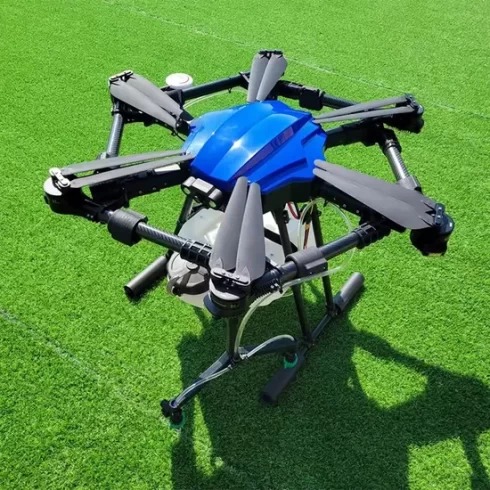


暂无评论内容